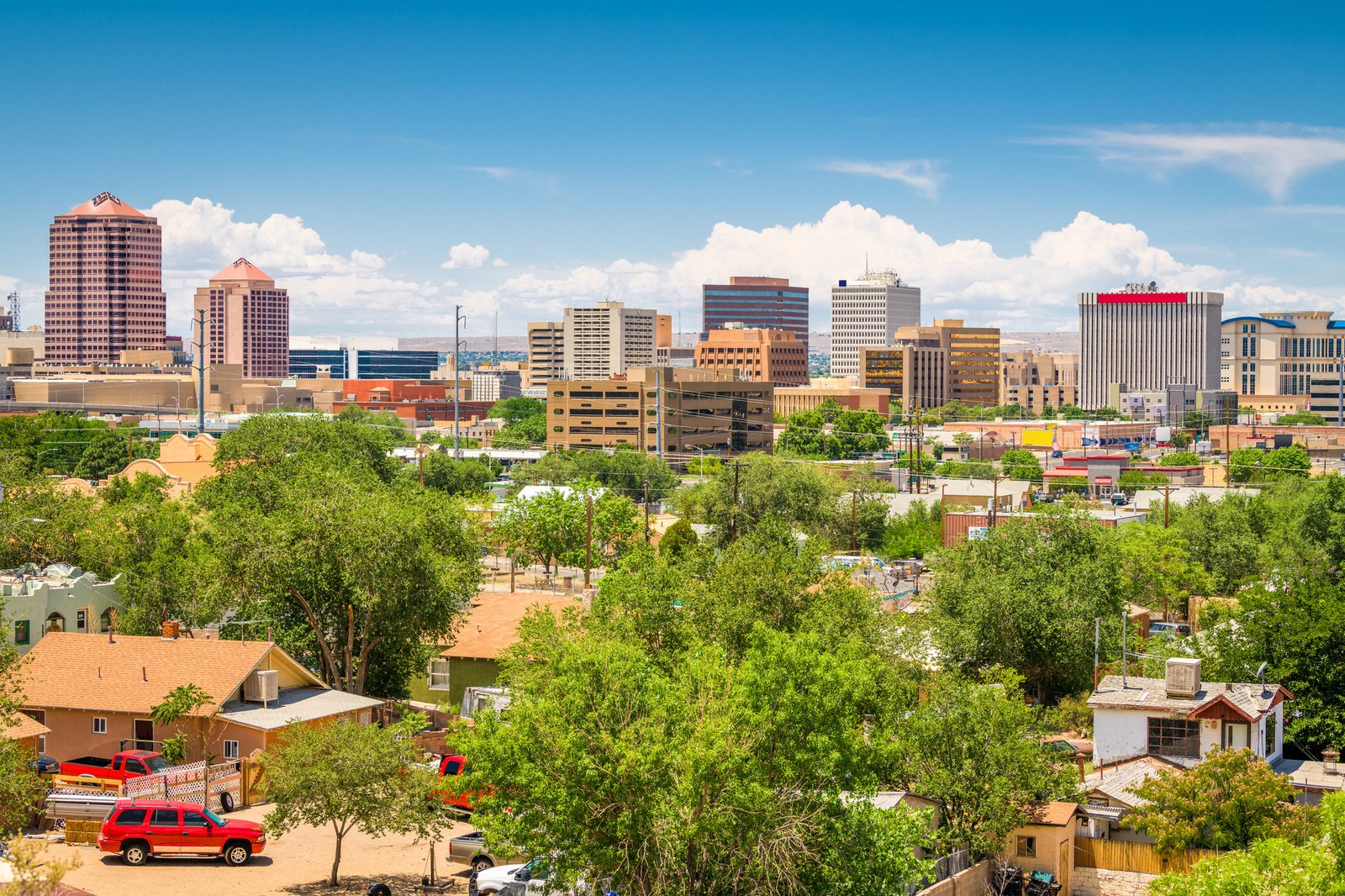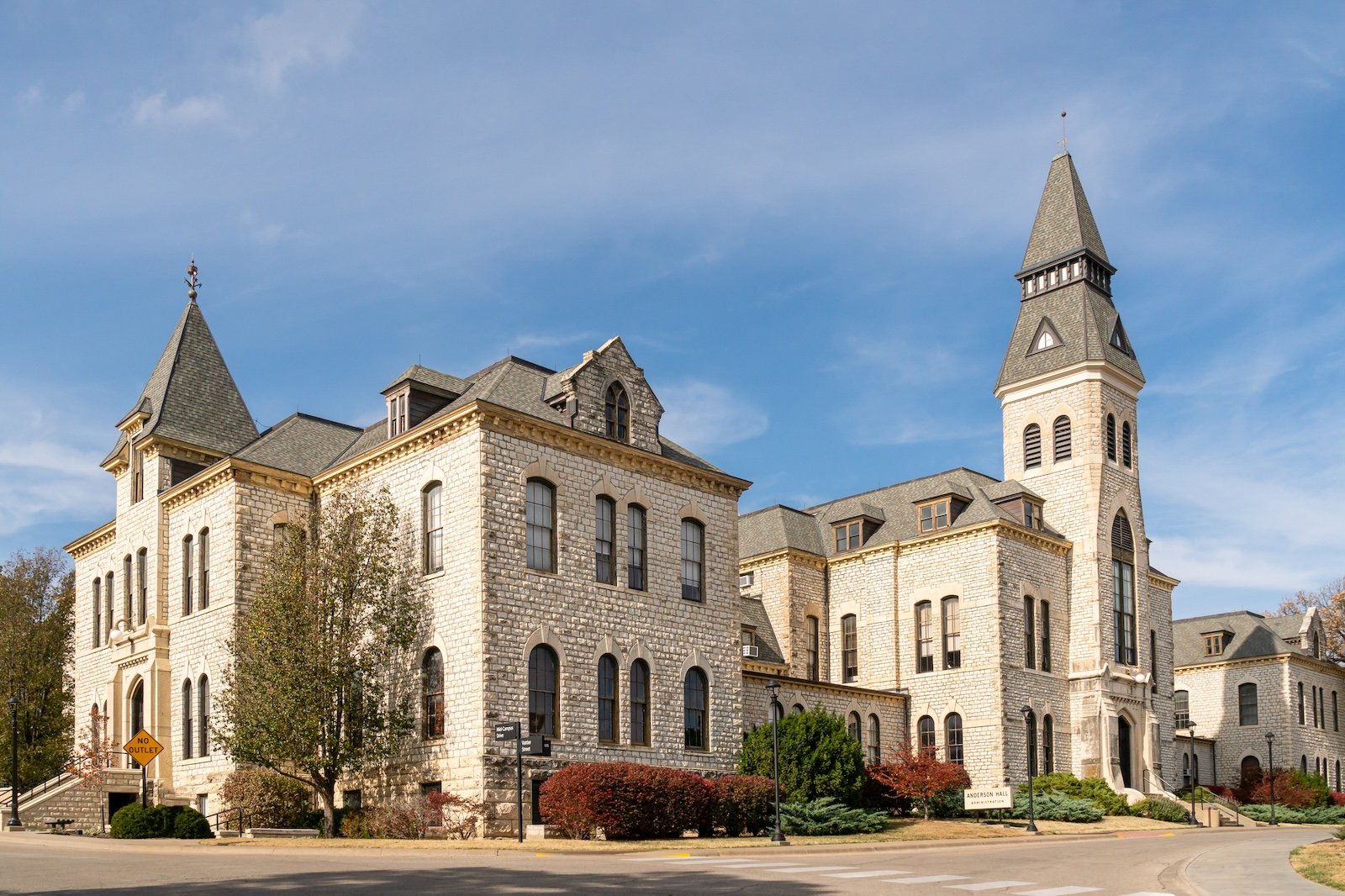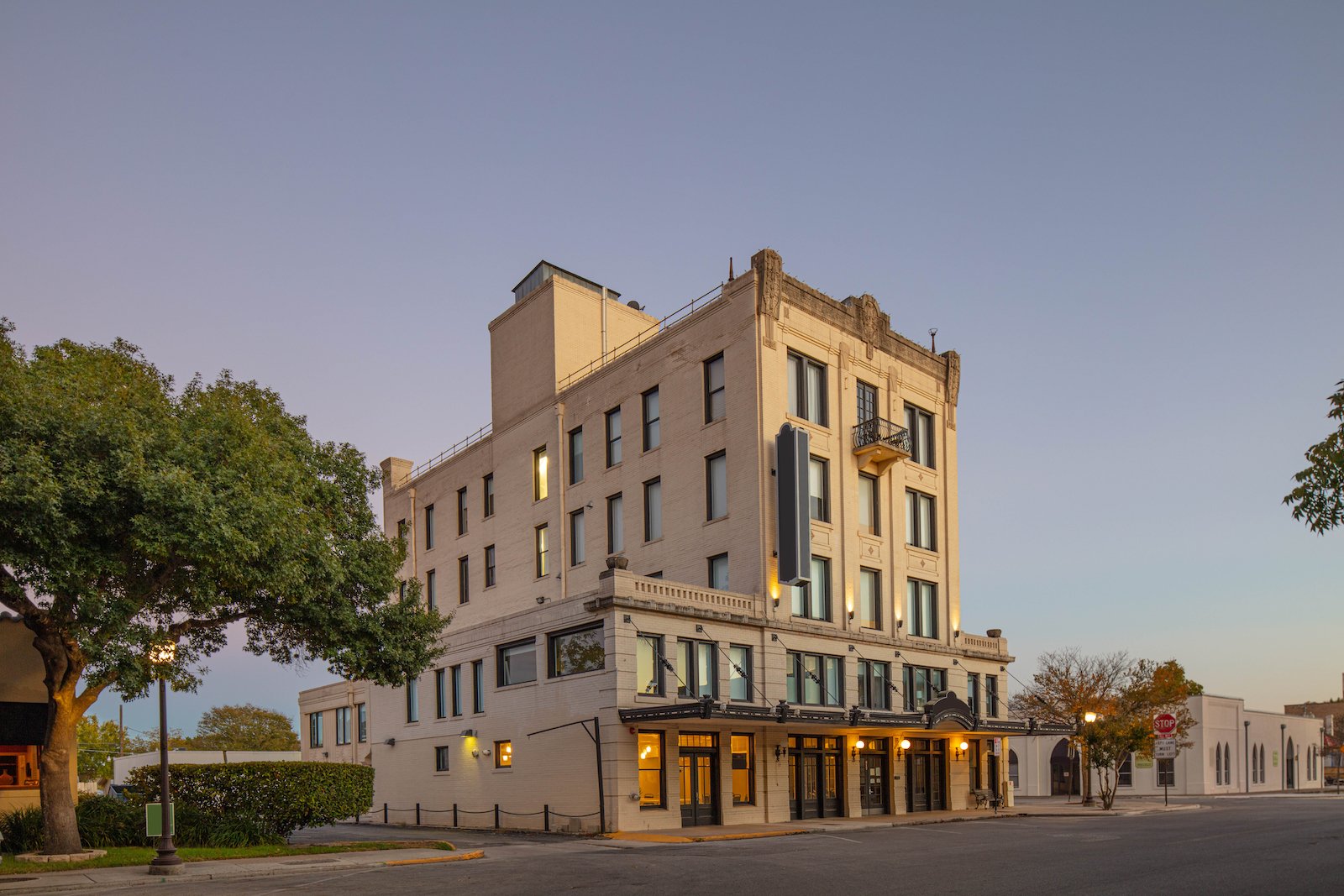Debt accumulation is a significant issue in several U.S. cities, with residents facing escalating financial burdens. Americans are burdened with a $17.69 trillion household debt. There are various cities where debt levels are increasing due to various economic pressures.
We have researched various online forums and surveys, including one by Wallethub, to create a list of 13 cities where people accumulate the most debt.
Boston, Massachusetts

Boston leads the list with a debt score of 78.00, indicating the most significant increase in debt among its residents. The city’s high living costs, particularly housing, have been crucial in this surge. Boston’s median home price of $900,000 is significantly above the national average, pushing residents to rely more heavily on credit. Boston also saw a 6% rise in average credit card balances from Q1 to Q2 of 2024. This marks the highest percentage increase nationwide and the sixth-largest balance overall.
North Las Vegas, Nevada

North Las Vegas has experienced a 2.4% rise in average auto loan balances, ranking fourth among over 100 of the largest U.S. cities. The city has witnessed a considerable increase in living costs, especially housing and utilities. The rapid population growth has led to higher financial demands, leading residents to accumulate more debt.
Madison, Wisconsin

The city’s economic expansion has increased housing prices by 10.1%, making them among the highest in the Midwest. The growing expenses have led residents to rely more on credit to uphold their standard of living. As a result, Madison saw a 3.2% increase in average credit card balances, bringing the average to $6,074.
Lubbock, Texas

Lubbock ranks fourth with an average debt rank of 49. The prices of household essentials such as housing, childcare, and food have risen faster than other goods and services. Despite these increases, wages have seen only minimal growth, making people more reliant on debt and loans. Residents turn to borrowing to cover the growing gap between their income and essential living expenses. As a result, credit card balances and personal loan amounts have seen notable upticks.
Gilbert, Arizona

Gilbert has a debt score of 63.09. The city’s booming real estate market has significantly increased housing costs, leading many residents to take on more debt. The 10.6% rise in home prices contributed to the overall debt increase. Additionally, the cost of living in Gilbert is higher than the national average, further pushing residents into debt.
Louis, Missouri

The city’s high living costs have forced many residents to rely on credit to meet their financial needs. The high interest rates on personal loans mean that borrowers are often paying significantly more over the life of their loans. If you take out a $14,625 loan with an 8.66% interest rate and pay it back over five years, you’ll have to pay $7,038 in interest. This illustrates the financial burden on individuals already struggling with high living costs.
Greensboro, North Carolina

Across the Carolinas, the average household credit card debt exceeds $7,000 in both states. The housing prices in Greensboro have also increased by more than 10%. This rise in housing costs has put additional pressure on household budgets, forcing many residents to rely even more on credit to manage their day-to-day expenses. Credit is no longer just about convenience but a necessity to bridge the gap between stagnant wages and increasing costs.
Aurora, Colorado

Colorado’s household debt of $89,170 represents 99.85% of the average annual earnings for a resident. The rising cost of essentials, such as groceries and healthcare, has further strained budgets, pushing residents to accumulate more debt to cover their day-to-day needs. The combination of elevated housing costs and increased living expenses has created a challenging financial environment, leading to a rise in overall debt observed in the city.
Albuquerque, New Mexico

Albuquerque ranks ninth with a debt score of 59.78, reflecting notable financial pressure on its residents. New Mexico, overall, ranks 12th with a median credit card debt of $2,470. Estimates suggest that paying off this debt would take an average resident 13 months and 19 days. The high cost of living in Albuquerque, with rising housing prices and higher costs for essentials, has led to greater reliance on credit, highlighting the financial difficulties many residents face.
Los Angeles, California

Living expenses in Los Angeles are double the U.S. average due to expensive housing and rent. On average, people have to pay a monthly rent of $2239. This high cost of living increases their dependency on taking credit. The current household credit card debt is $16,873, creating a challenging financial environment and contributing to the growing debt levels.
Wichita, Kansas

Wichita ranks eleventh with a debt score of 57.71. Housing prices in Kansas have climbed by about 5% over the past year, with the average home now costing around $223,883. Additionally, utility expenses have also risen, further straining household budgets. This combination of increased housing and utility costs has led many residents to turn to credit to cover their expenses, contributing to the noticeable increase in overall debt levels.
Dallas, Texas

Dallas has a total credit card debt of $16,105. With high interest rates and inflation driving up the cost of everyday items, Americans can no longer depend on pandemic-era financial aids like stimulus payments, the child tax credit, and increased unemployment benefits that once helped boost household finances. This has led to a significant increase in the overall debt levels of Dallas.
Reno, Nevada

Reno, Nevada, ranks thirteenth with a debt score of 56.95. The city’s growing population and escalating living costs have led to a greater reliance on credit. Nevada residents carry a credit card debt of $5442 and an average household debt of $54,800. Alongside these debt increases, rising costs in various sectors have contributed to the growing financial pressure. As residents navigate these challenges, many are turning to credit to manage their expenses.


